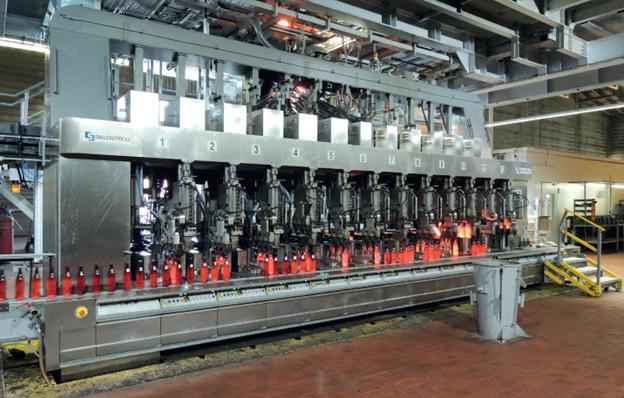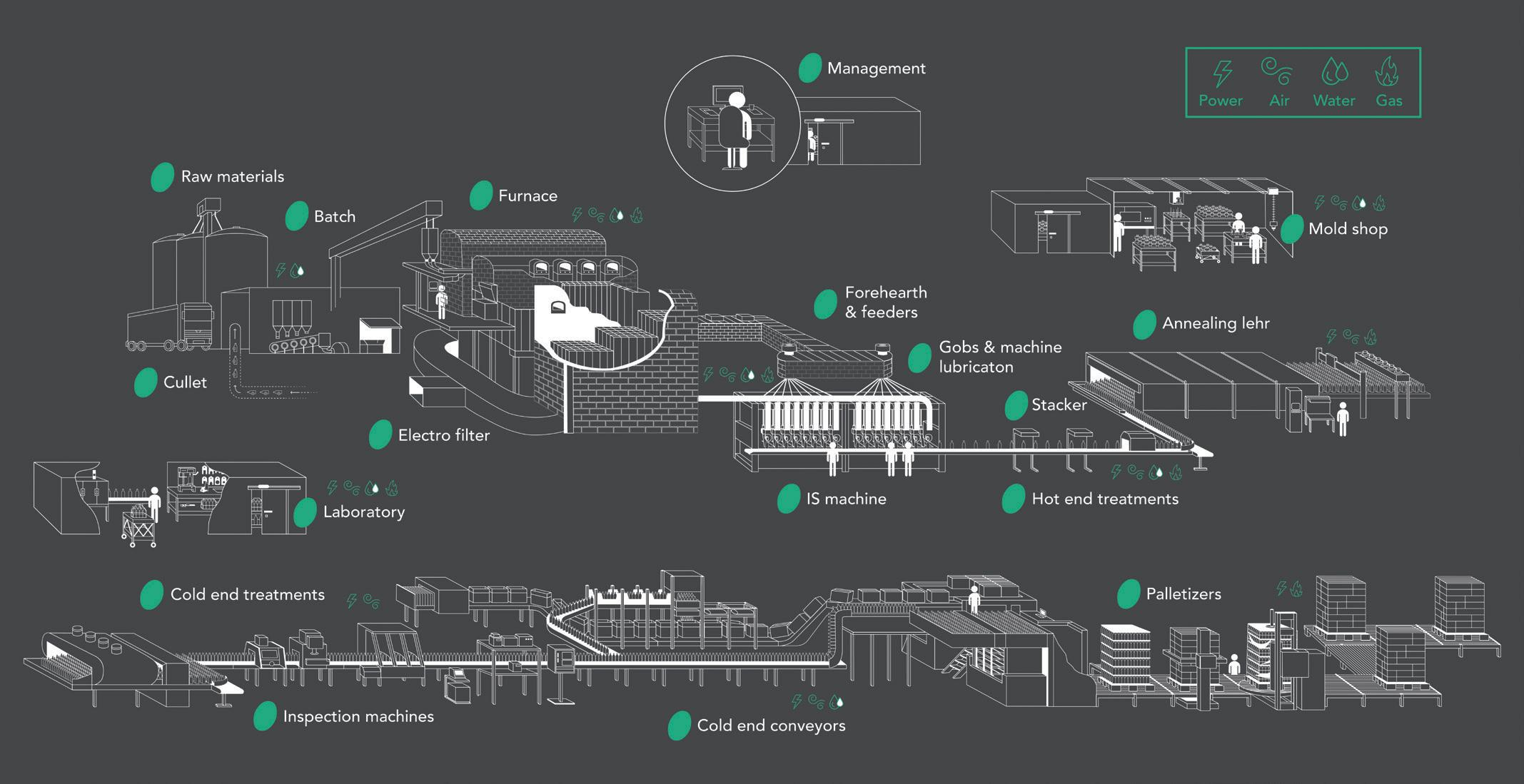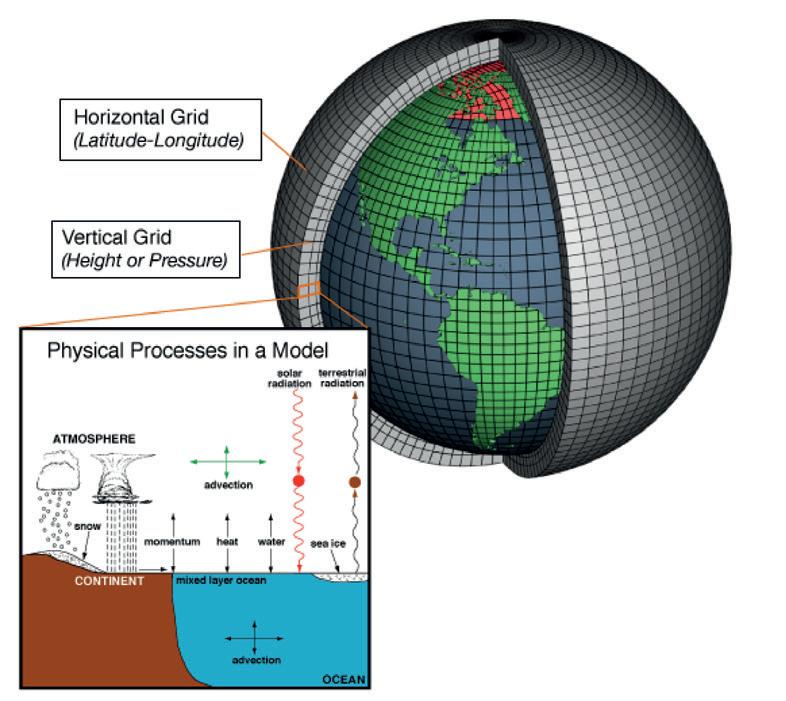
3 minute read
Overview: Chemical Market Analytics
A global overview of the soda ash market
Marguerite Morrin* discusses how recent global events have impacted the soda ash market.
The Covid-19 pandemic has been a major shock to the global system and defined by some as the most significant event in the 21st century. It has had often devastating consequences for our personal as well as professional lives. The soda ash industry has not been immune. Soda ash is a very basic chemical product with glass being the single biggest end use application, accounting for over half of total world demand.
Other important sectors of demand include soaps and detergents, sodium silicates and metals and mining. When large sections of many economies were temporarily closed, in a bid to tame the spread of Covid-19 across the world, this had a substantial negative impact on demand.
Despite some end use sectors faring better than others, overall demand fell by about 5.5%, year-on-year in 2020. This was followed by a strong recovery in 2021 to the extent that demand in 2021 exceeded pre-Covid levels. Our expectation for 2022 was that growth would continue. We were aware though that total world soda ash capacity was in decline with the total this year about 1.0 million mt less than the total in 2020. As such, we were anticipating tight market conditions this year. This has proved to be the case, but in fact, conditions to date have been even tighter than anticipated after yet another major world event occurred when Russia invaded Ukraine in February (Fig 1).
Russia in itself is not a significant player in the global soda ash market accounting for just 4.3% of world demand and Ukraine even less significant at just 0.4% of the world total. The CIS (Commonwealth of Independent States) region is in fact quite self-contained. And while Russia is a major soda ash exporter, with exports averaging 720,000 mt per year in the past three years, these volumes are mostly destined for countries within the region. However, in today’s market when soda ash has been extremely tight, diminishing exports from Russia places extra pressure on markets like the India Subcontinent and Africa, which traditionally purchase regular spot volumes from Russia. We have very recently seen some renewed export activity from Russia, at fairly competitive prices, although to date the volumes have not been significant. However, while there has been some small impact from the Russia/Ukraine conflict on soda ash trade, the main influence of the war is on global energy prices and at times energy availability.
Trade
In the soda ash industry a lot of product is shipped from where its produced to a different destination to be consumed, in fact about a quarter of production is moved to another region to be consumed. As such trade developments are very important for the industry.
The US is the single biggest exporter in the world followed by Turkey in 2nd place. China and Bulgaria vie for 3rd place due to the fact that Chinese export volumes can swing significantly from year to year. Chinese exports can switch from over two million mt in a particular year to under one million mt in another year, as was the case last year.
The Black Sea, is an important trade route for soda ash. Exports from Bulgaria via the Black Sea are at risk due to the Russia/Ukraine conflict, as well as imports from Turkey to Central Europe via the same route. To date there has been no known impact on trade via this trade route (Fig 2).
The trade patterns so far this year help explain the global market tightness. Logistical constraints, delayed vessel departures, port congestion, inland
Continued>>
Fig 1. World Soda Ash demand.�

� Fig 2. World soda ash per capita demand.










